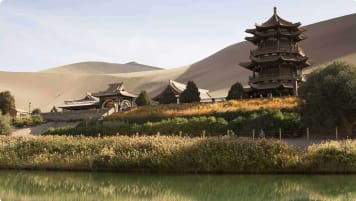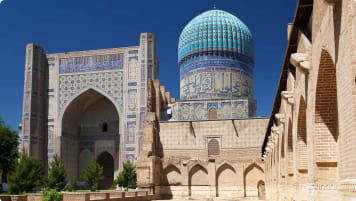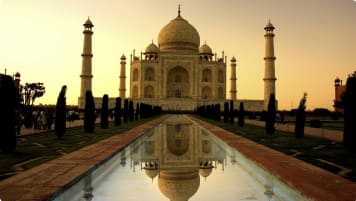Highlights of India | The Red Fort
The Red Fort, also called Lal Qalʿah, is a historic fort in the city of Delhi, overlooking the Yamuna River. It served as the main residence for the emperors of the formidable Mughal dynasty for almost 200 years until the British took over in 1857. Like the Taj Mahal, it was commissioned by Shah Jahan in 1638 who decided to move the Mughal capital from Agra to Shahjahanabad, in present-day Old Delhi. The construction took ten years and the fort is octagonal in shape, covering an area of 254 acres.
13 Jan 20 · 5 mins read

Highlights of India | The Red Fort

Red Fort, also called Lal Qalʿah, is a historic fort in the city of Delhi, overlooking the Yamuna River. It served as the main residence for the rulers of the formidable Mughal dynasty for almost 200 years until the British took over in 1857. Like the Taj Mahal, it was commissioned by Shah Jahan in 1638 who decided to move the Mughal capital from Agra to Shahjahanabad, in present-day Old Delhi. The construction took ten years and the fort is octagonal in shape, covering an area of 254 acres of land. Now a popular tourist destination, it was declared a UNESCO World Heritage Site in 2007.
Designed by Ahmad Lahori, a famous Persian architect, the fort was modelled on the Agra Fort in Uttar Pradesh but the Red Fort is twice its size. Shah Jahan was known for being a man of lavish tastes, as evidenced by the opulence of the Taj Mahal, so it was important that the Red Fort reflect the strength of the Mughal dynasty. The fort’s massive red sandstone walls stand at 23 metres high and they enclose a complex of palaces, buildings, entertainment halls, a mosque and ornate gardens.

The Architecture of the Red Fort
The architecture of the Red Fort demonstrates a mix of Persian, Timurid and Hindu traditions and it is considered to be emblematic of Mughal innovation and inventiveness. Laid out in an octagon shape, the fort’s walls are decorated by marble, domes and flower engravings. There are three gates to the fort. The Khizrabad Gate is now closed to the public but it was where the royals entered. The main gates now are the Lahore and Delhi gates.
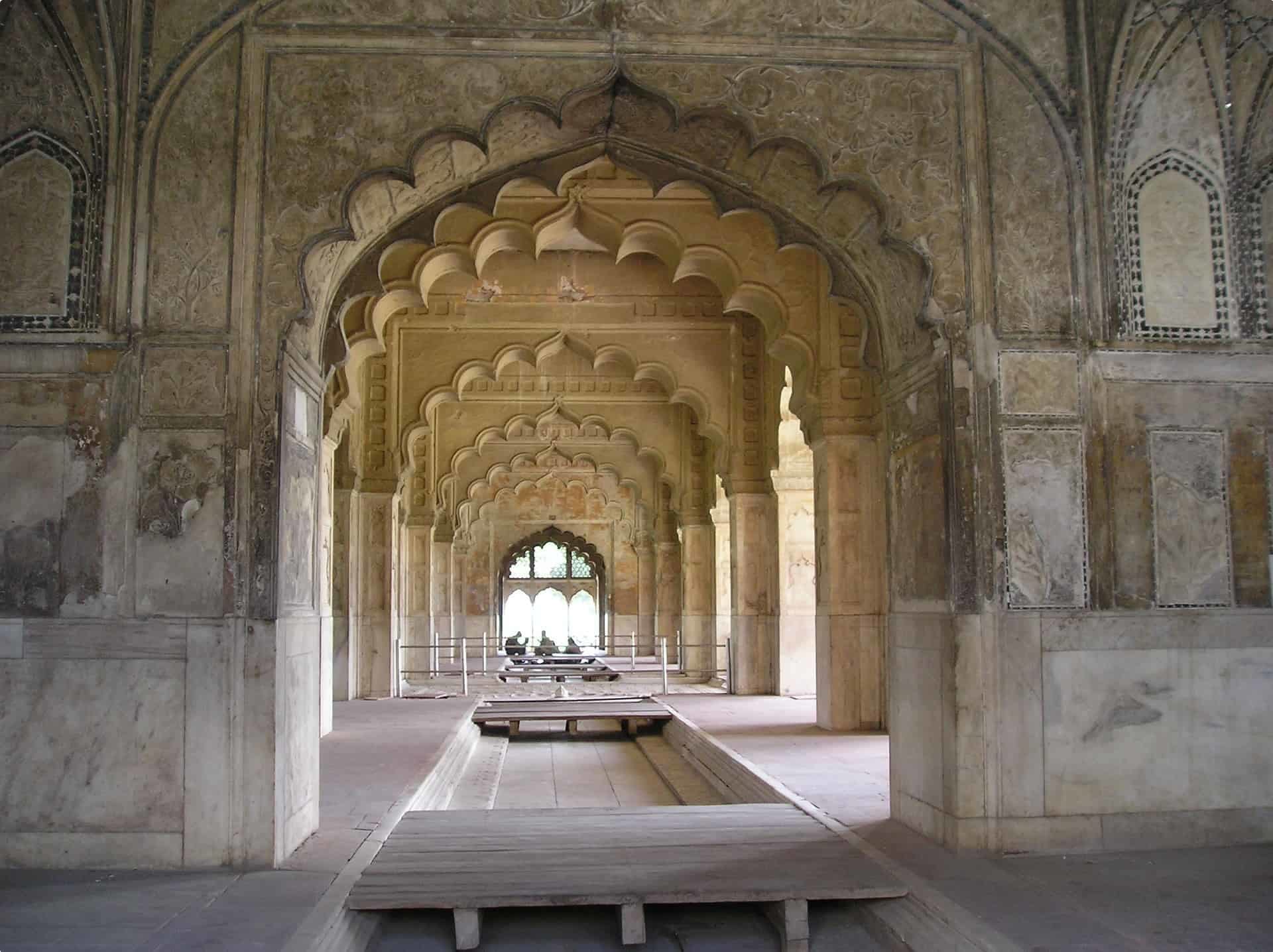
Part of the fort’s garden design and other architectural elements indicate that a palace was planned to be built inside the fort. The most important surviving structures today are the walls and ramparts, the main entrance, the audience halls and the imperial apartments on the eastern riverbank. The Diwan-i-Aam (the Private Audience Hall) is a large hall with nine arches and features the Naubat-Khana or drum house where musicians played during celebrations. In the hall, you can also see the ornamented alcove where the Peacock Throne should have sat. The Diwan-i-Khas is the Public Audience Hall. Other important places within the complex is the Mumtaz Mahal, the women’s quarters built out of white marble along the banks of Yamuna River and converted into an archaeological museum that houses artefacts of the Mughal era, the Hammam, a builidng that housed the baths used by the emperors and is said to have used perfumed rose water, and the Khas Mahal, used as the emperor’s private residence and featuring a sleeping chamber, sitting room and the chamber of telling beads.
The History of the Red Fort
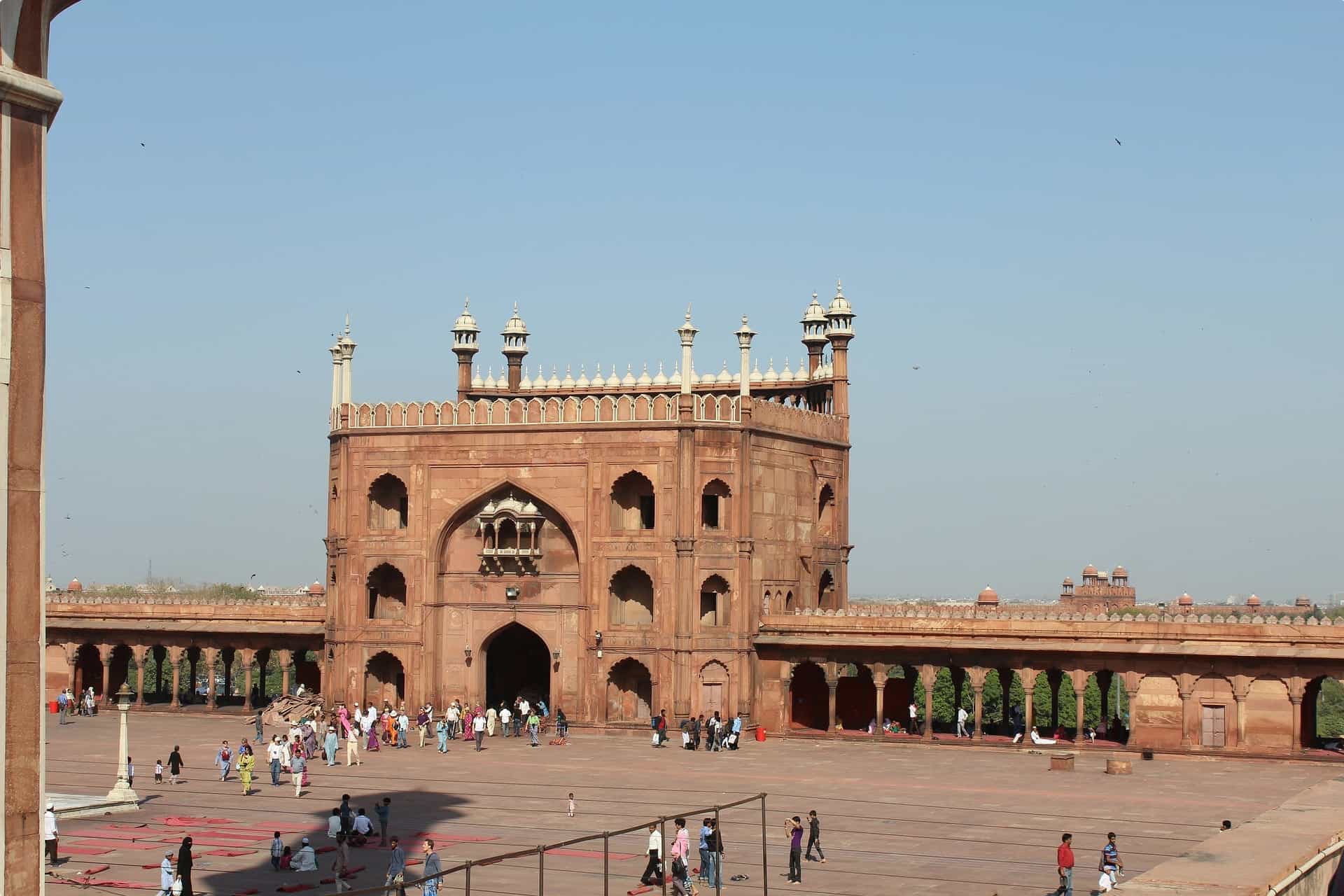
The Red Fort was completed in 1648 but Shah Jahan never took up full residence at the fort. He became extremely ill in 1657 and retired to the Agra Fort. With his father weakened, Shah Jahan’s son Aurangzeb took the opportunity to usurp him, snatching the throne and imprisoning Shah Jahan in Agra Fort until his death in 1666.
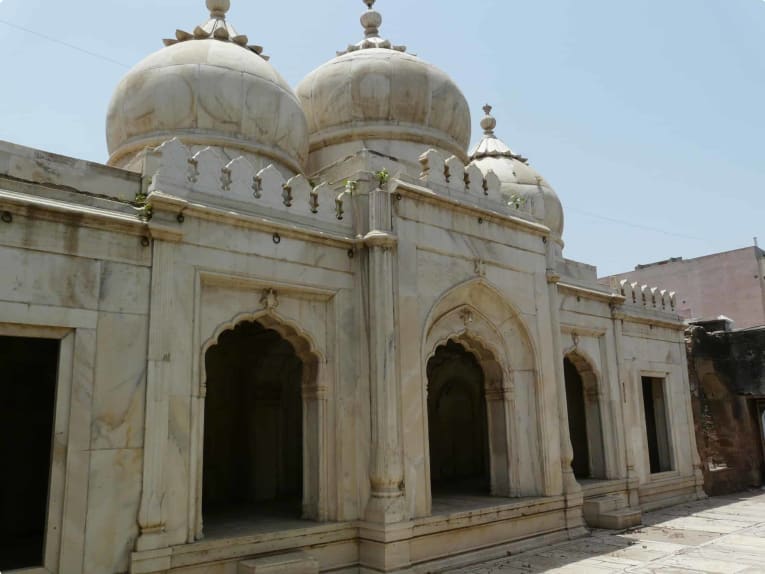
Aurangzeb added Pearl Mosque, also known as Moti Masjid, to the fort complex and built barbicans at the two main entrances of the fort. However, following the reign of Aurangzeb, the Mughal dyansty began to decline and this was articulated in the condition of the Red Fort, which was steadily neglected. Aurangzeb was considered to be the last strong Mughal ruler and a period of unrest and instability followed his death in 1707. In 1749, the fort was plundered by the Persians and many of its treasures were looted, including the legendary Peacock Throne. The Peacock Throne was built for Shah Jahan and was said to be one of the most splendid thrones ever made. Crafted from gold with silver steps, the throne featured the representation of two open peacocks’ tails which were inset with diamonds, rubies, and other semiprecious stones. Since it was stolen, many reproductions of the Peacock Throne have been made.
In 1752, the Mughals signed a treaty with the Marathas (a group of warriors from present-day Maharashtra in India) and they became the protectors of the fort, which lost more of its riches in 1760 when the Marathas melted down the silver ceiling of its Diwan-i-Khas (Private Audience Hall). This was to raise funds in order to protect Delhi from being invaded by Emperor Ahmed Shah Durrani of Afghanistan.’
In 1803, the Marathas were defeated by the British in the Battle of Delhi during the Second Anglo-Maratha War. The British East India Company commenced governing Delhi but the Mughals, who had kept their titles but lacked power or money, continued living in the Red Fort, supported by the British. In 1857, a rebellion led by Indian soldiers and civilians against the British East India Company failed and the British responded with harsh reprisals, convicting Mughal emperor Bahadur Shah Zafar of treason and exiling him to Burma.
After this, the British plundered and looted the Red Fort, taking its valuables, destroying many of its structures and gardens and turning it into an army base.
The Political Significance of the Red Fort
Under British rule, the Red Fort became a site of protest and political turbulence. Many people marched to the Red Fort in great numbers as part of the Indian struggle for freedom. The Red Fort was an important symbol because it was the place where the last Mughal emperor was tried and exiled and it was also the location where members of the Indian National Army were imprisoned and tried after World War II for siding with the Japanese.
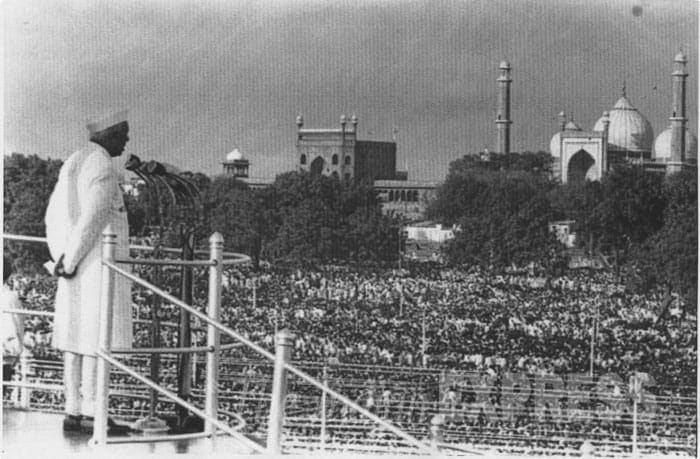
On the 15 August, 1947, after India had gained independence from the British, Pandit Jawaharlal Nehru, the first Prime Minister of independent India, made a historical speech from the ramparts of the Red Fort and since that day, it has become the permanent venue for the Independence Day address to the citizens of India. As such, the Red Fort has come to symbolise the unity of India and anti-colonial resistance. Every Independence Day, the Prime Minister hoists the national flag at the main gate of the fort and the speech is broadcast nationally.

Visiting the Red Fort
The fort is open everyday from 6 am to 9 pm, except Mondays. Ideally, it is best to visit early in the morning, before the crowds arrive, and set aside a few hours to explore the whole complex. If you visit during national holidays (such as Independence Day or Republic Day), there will be added security to contend with. A guided tour of the fort will allow you to notice all the interesting architectural details as well as discover the complex history and symbolism of the monument. The best time to visit the Red Fort is from November to February, when it’s not too hot or wet.
If you’re interested in discovering the incredible Red Fort and more of India, please take a look at our list of tours to India.
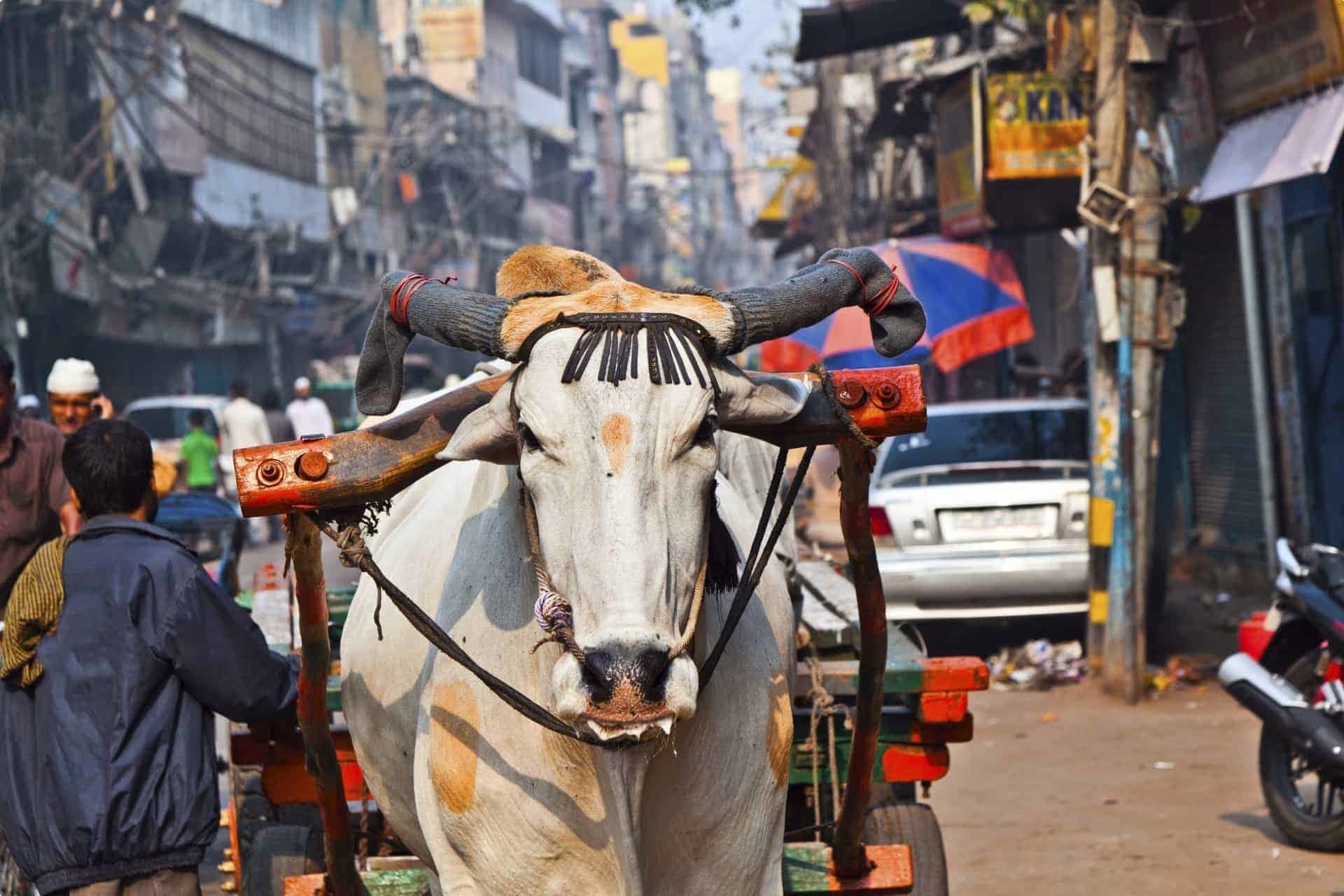
Articles about India published by Odyssey Traveller.
- India’s Mughal Empire
- Clash of the Mughals and the Marathas
- History of British Rule in India
- Discovering India
- Top 20 World Heritage Sites You Must Visit
- Highlights of India: Taj Mahal
- Highlights of India: Varanasi
For all the articles Odyssey Traveller has published for mature aged and senior travellers, click through on this link.
External articles to assist you on your visit to India.
- 7 Wonders of India (World Atlas)
- New Seven Wonders of the World (Travel Channel)
- 7 Things You Didn’t Know About the Qutub Minar (National Geographic Traveller India)
- Incredible India
Related Tours
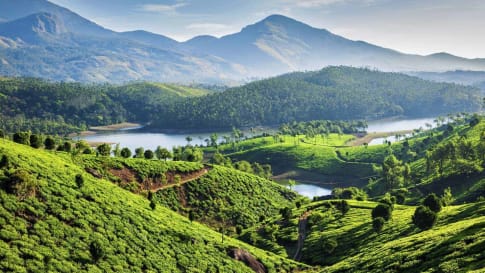
11 days
Nov, Mar, OctIndia Short Tour | Small group tour for seniors
Visiting India
A short small group tour for Mature and seniors couples and solo travellers of India and its icons. Bounded by the majestic Himalayan ranges in the north and edged by an endless stretch of golden beaches. India is a vivid kaleidoscope of landscapes, magnificent historical sites, such as the Taj or red fort royal cities, such Dehli, Jaipur , Agra and Madras colourful people, and rich culture.
From A$9,250 AUD
View Tour
22 days
Nov, MarCultural and History Tour of India | Small Group Tour
Visiting India
Small group tour for mature and senior couples and solo travellers to India. Visiting Delhi and the red fort, Jaipur, Agra and so much more over 22 days explore the world of the Mughal.
From A$12,300 AUD
View Tour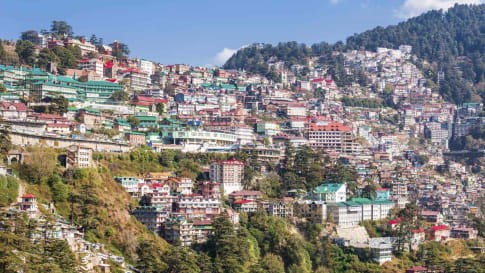
days
OctNorth East India Explorer
Visiting India
An out-of-this-world trip to the Indian countryside.
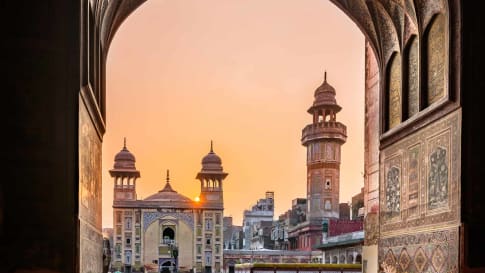
16 days
Mar, OctTour of Pakistan
Visiting Pakistan
This 16-day small group tour for couples and solo travellers explores the long history and colourful culture of Pakistan, and begins in Karachi, Pakistan's largest city, and ends in its vibrant capital, Islamabad, includes Lahore fort and Skardu valley.
From A$9,995 AUD
View Tour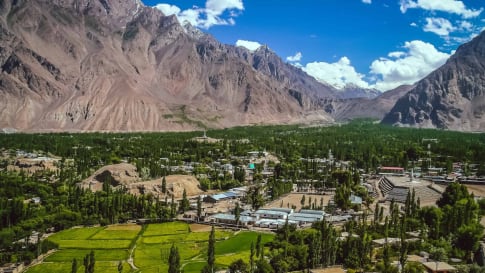
22 days
Mar, Sep, AugTour of Pakistan including Skardu Valley
Visiting Pakistan
This 22-day tour begins much like our 16-day tour of Pakistan, travelling from Karachi to Islamabad with a six-day extension that allows us to further explore the northern parts of the country.
From A$12,995 AUD
View Tour